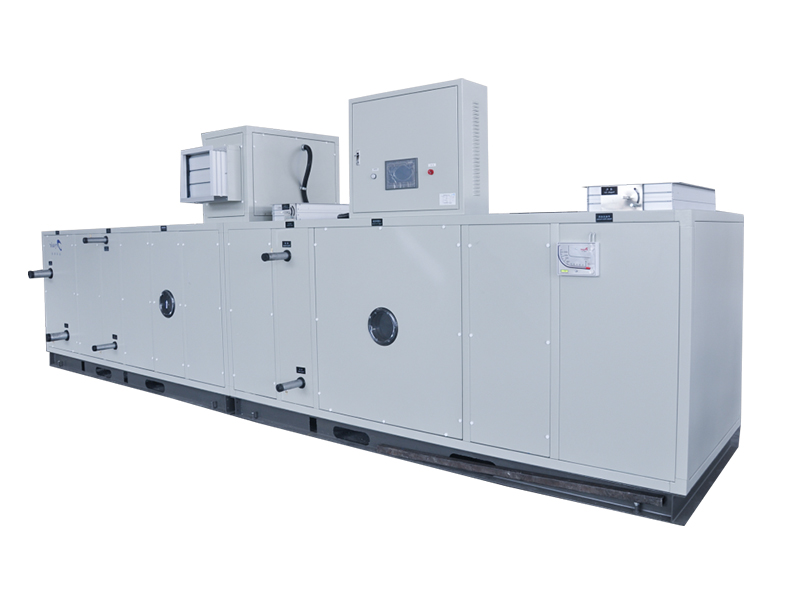Humidistats configured with food industry dehumidifiers are sensors or devices designed to measure and control relative humidity (RH) levels in the food industry. While their primary application is in food processing, storage, and packaging, similar humidistat technology can be found in various other industries where humidity control is critical for maintaining product quality, safety, or specific environmental conditions. Here are some applications of humidistats in other industries:
1. Pharmaceutical Industry: Humidistats are used in pharmaceutical manufacturing facilities and cleanrooms to maintain precise humidity levels. This ensures the quality and stability of pharmaceutical products and is crucial for processes like tablet manufacturing and vaccine production.
2. Electronics Manufacturing: Humidistats play a vital role in electronics manufacturing environments, such as semiconductor fabrication facilities and printed circuit board (PCB) manufacturing. Controlling humidity helps prevent electrostatic discharge (ESD) and minimizes the risk of defects in electronic components.
3. Museums and Art Conservation: Museums and art galleries use humidistats to control the humidity in display areas and storage facilities. Maintaining stable RH levels helps preserve valuable artworks, artifacts, and historical documents.
4. Greenhouses and Agriculture: Humidistats are employed in greenhouse environments to regulate humidity for optimal plant growth and crop production. They ensure that plants receive the right amount of moisture while preventing mold and disease outbreaks.

5. HVAC Systems: In commercial and residential heating, ventilation, and air conditioning (HVAC) systems, humidistats are used to control indoor humidity levels. They help create comfortable and healthy indoor environments while optimizing energy efficiency.
6. Data Centers: Data centers use humidistats to manage humidity levels in server rooms. Controlling humidity is essential to prevent equipment overheating and maintain data center reliability.
7. Hospitals and Healthcare Facilities: Humidistats are used in healthcare settings to maintain the appropriate RH in operating rooms, patient rooms, and laboratories. This is essential for patient comfort, infection control, and the proper functioning of medical equipment.
8. Textile and Printing Industries: Humidistats are employed in textile mills, printing facilities, and paper production plants to control humidity levels and prevent issues like paper curling, ink drying, and static electricity buildup.
9. Green Energy Production: In renewable energy industries, such as wind turbine manufacturing and solar panel production, humidistats are used to maintain controlled humidity environments to prevent damage to sensitive components.
10. Woodworking and Furniture Manufacturing: Woodworkers use humidistats in their workshops to control humidity and prevent wood from warping, splitting, or cracking during processing and drying.
11. Aerospace and Aviation: Humidistats help maintain controlled humidity levels in aircraft manufacturing facilities and aerospace cleanrooms to ensure the integrity and quality of aircraft components.
12. Textile and Garment Storage: Humidistats are used in textile and garment storage facilities to prevent mold growth and fabric deterioration due to excess moisture.
In all these applications, humidistats play a crucial role in ensuring that the RH remains within the desired range, which is essential for product quality, process efficiency, equipment reliability, and environmental control.



 English
English 简体中文
简体中文